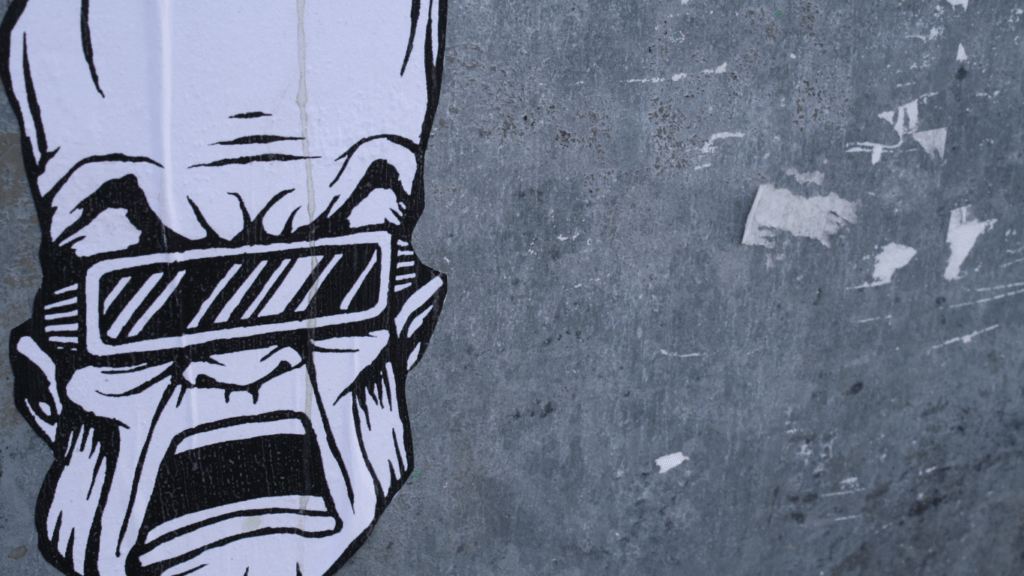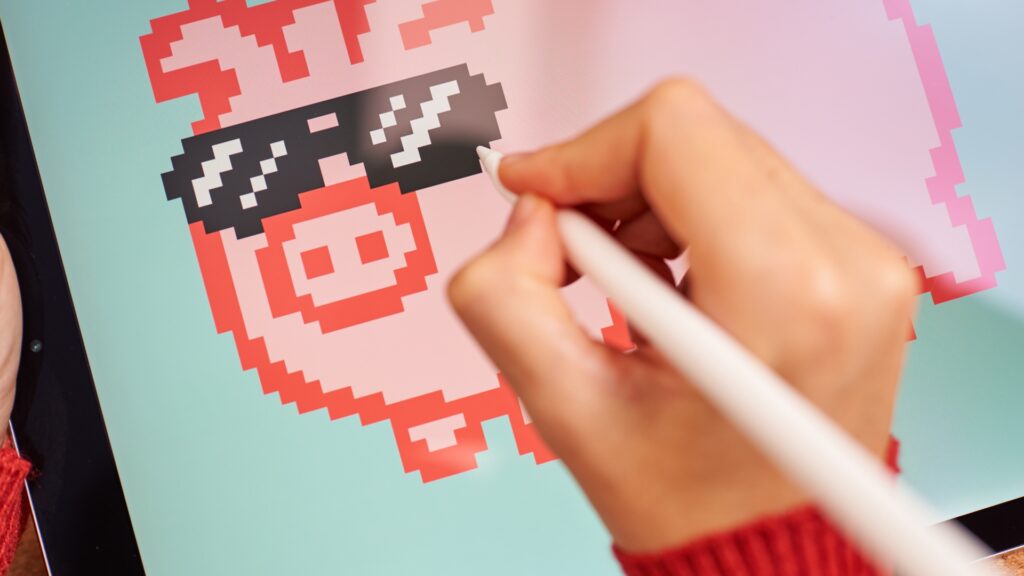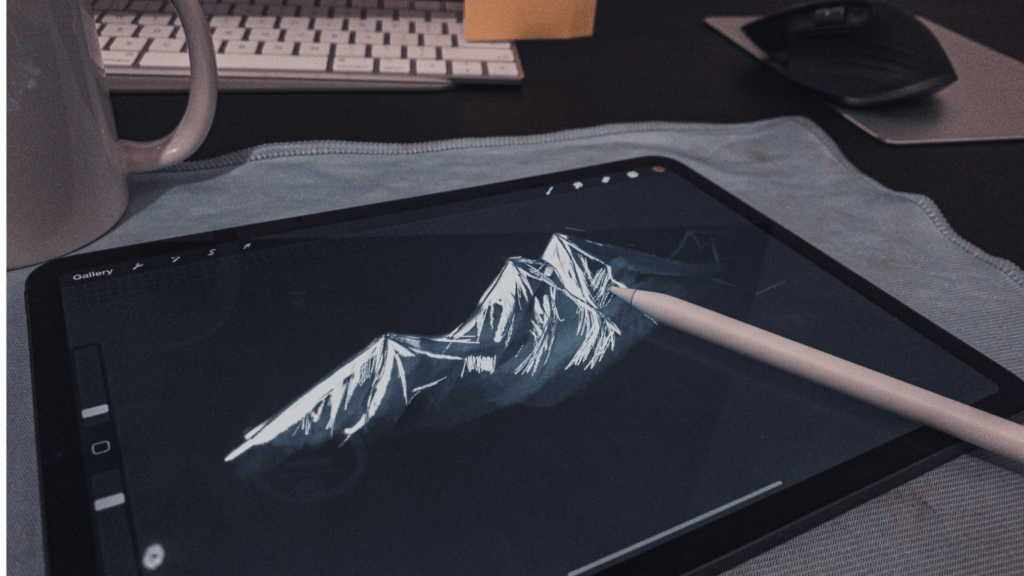What Is An NFT?
NFT, short for Non-Fungible Token, represents a unique digital asset stored on a blockchain. Unlike cryptocurrencies such as Bitcoin or Ethereum, NFTs can’t be exchanged on a one-to-one basis. Each NFT has a distinct value.
NFTs often represent digital art, music, videos, and in-game items. Artists and creators use NFTs to monetize their work. In 2021, digital artist Beeple sold an NFT for $69.3 million at Christie’s auction house.
Blockchain technology ensures the authenticity and ownership of NFTs. A blockchain is a decentralized ledger recording all transactions. It provides transparency and security, crucial elements for digital asset ownership.
Most NFTs are built on Ethereum, a popular blockchain platform. Ethereum’s ERC-721 and ERC-1155 standards are commonly used to develop NFTs. Other blockchains like Binance Smart Chain and Flow also support NFTs.
NFT marketplaces facilitate buying, selling, and trading NFTs. Popular ones include OpenSea, Rarible, and Mintable. Users can browse, bid, and purchase NFTs, similar to online auction platforms.
NFTs impact various industries. In gaming, NFTs enable ownership of virtual assets, like skins and weapons. In real estate, virtual land parcels can be bought and sold as NFTs in platforms like Decentraland.
Environmental concerns arise due to the energy consumption of blockchains. Some blockchains, like Ethereum, are transitioning to more eco-friendly models.
Setting Up Your Digital Wallet
Setting up a digital wallet is a critical step before buying your first NFT. This wallet will store your NFTs and the cryptocurrency you’ll use for transactions.
Choosing The Right Wallet
Choosing the right wallet involves understanding your needs. Look for features like compatibility with various NFT marketplaces (e.g., OpenSea, Rarible), support for multiple cryptocurrencies, and cross-platform availability.
Some popular choices include MetaMask, Trust Wallet, and Coinbase Wallet. MetaMask offers browser and mobile versions, making it versatile. Trust Wallet supports multiple blockchains, while Coinbase Wallet integrates seamlessly with Coinbase’s cryptocurrency exchange.
Securing Your Wallet
Securing your wallet is essential to protect your assets. Use strong, unique passwords and enable two-factor authentication (2FA) for an added layer of security.
Backup your wallet’s private key or recovery phrase in a safe, offline location. Avoid sharing your private key or recovery phrase with anyone, as it’s the only way to access your wallet if you forget your password. Also, consider using hardware wallets like Ledger or Trezor for enhanced security, especially for storing valuable NFTs.
Selecting A Marketplace
Choosing the right marketplace is crucial when buying your first NFT. Different platforms offer varied features, fees, and policies that can impact your buying experience.
Popular NFT Marketplaces
Several platforms dominate the NFT marketplace landscape. OpenSea, Rarible, and Foundation are among the most prominent options.
- OpenSea: The largest NFT marketplace with diverse digital assets, including art, music, and virtual real estate.
- Rarible: A decentralized platform known for its community governance and rewards for active users.
- Foundation: A platform focused on digital art, renowned for its artist-friendly features.
Marketplace Fees and Policies
Understanding fees and policies before committing to a purchase is essential. Marketplaces often charge transaction fees.
- OpenSea: Charges 2.5% per transaction.
- Rarible: Applies a 2.5% fee for buyers and sellers, with additional fees for certain services.
- Foundation: Takes a 15% commission from sales, which may be higher than other platforms but supports artists directly.
Always review a platform’s terms to know their rules on copyright, authenticity, and dispute resolution.
Browsing And Selecting An NFT
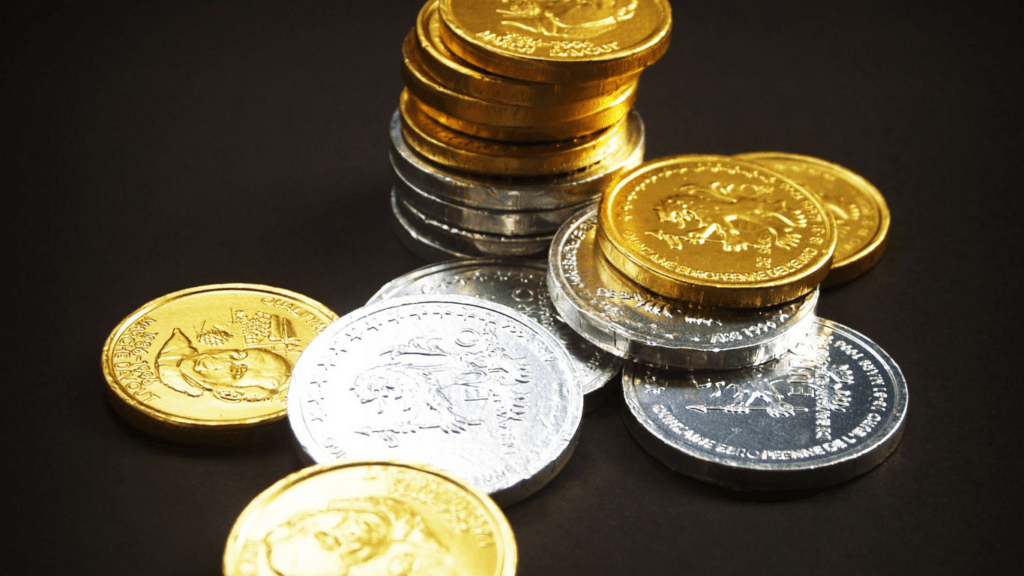
Browsing and selecting an NFT involves understanding various properties and evaluating factors like rarity and value.
Understanding NFT Properties
Each NFT has its unique properties, stored on the blockchain. Metadata defines attributes such as the name, description, and ownership details. These properties influence an NFT’s appeal and value. When reviewing NFTs, I check metadata to verify authenticity and origin.
NFT descriptions usually provide insight into the creator, creation date, and history of ownership. Creators often include backstories, adding emotional value. Metadata may also contain links to related resources or proof of certification.
Rarity and Value Factors
Rarity and value are crucial in selecting NFTs. Limited editions, unique digital assets, and verified ownership contribute to scarcity. I look for limited-supply NFTs to ensure rarity.
Established artists or creators with a strong following often produce high-value NFTs. Collectibles from well-known series or games may be more valuable due to demand and community interest.
Specific factors, such as the creation process, medium, and cultural relevance, can also drive value. NFTs with historical significance or ties to major events hold significant value. Evaluating these aspects helps identify NFTs with long-term investment potential.
Making The Purchase
To buy your first NFT, it’s crucial to follow a few key steps. This section will guide you through funding your wallet and completing the purchase, ensuring a smooth transaction.
Funding Your Wallet
First, ensure your digital wallet has the required cryptocurrency. Most platforms use Ethereum (ETH) for transactions. If your wallet lacks ETH, purchase it from exchanges like:
- Coinbase
- Binance
Deposit the ETH into your connected wallet. Verify the correct wallet address to avoid errors, especially when transferring funds for your first NFT purchase.
Completing The Purchase
Once your wallet is funded, navigate to the NFT marketplace where you selected the NFT (e.g., OpenSea, Rarible). Click on the chosen NFT’s listing. Review all details, including price and properties.
Click ‘Buy’ if satisfied. Confirm the transaction in your wallet interface. Make sure to double-check gas fees which are additional costs for processing transactions on the blockchain. Once confirmed, the NFT will appear in your digital wallet’s collectibles section.
Storing And Managing Your NFT
Once you’ve purchased an NFT, it’s crucial to store and manage it properly. Securing your digital asset ensures its long-term value and accessibility.
Long-term Storage Options
For long-term storage, consider using hardware wallets. These devices, like Ledger Nano X and Trezor, keep your private keys offline. This makes them less susceptible to hacking compared to online wallets. Always back up your recovery phrase securely and never share it with anyone.
Alternatively, use cold storage. This involves storing your NFTs in a wallet that isn’t connected to the internet. You can achieve this by using a dedicated computer or mobile device that remains offline. Cold storage offers an added layer of security against online threats.
Displaying Your NFT
To display your NFT, you can set it as your profile picture on social media platforms like Twitter. Many users showcase their digital art collections this way.
Use virtual galleries like OnCyber or Decentraland for immersive displays. These platforms let you create a digital space to exhibit your NFTs, allowing others to view and interact with your collection.
Consider digital frames, such as those from Infinite Objects. These frames display your NFTs physically, making your digital assets a part of your home’s decor.
Effectively storing and managing your NFT optimizes its longevity and enhances how you showcase your unique digital assets.
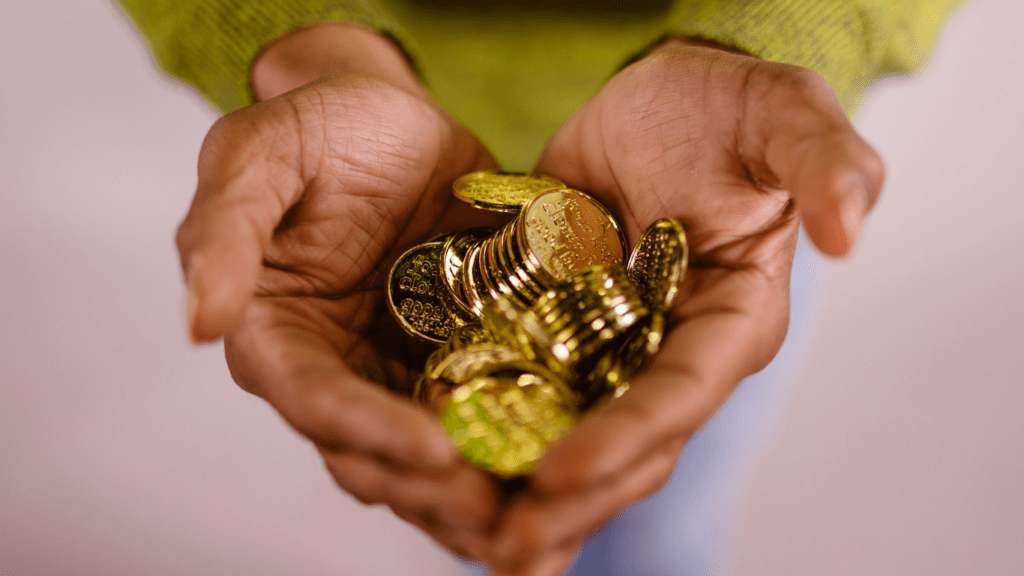
 Alice Morillo is a prominent figure at The Digi Chain Exchange, known for her passion and expertise in the field of cryptocurrency and digital finance. With a keen interest in the evolving landscape of blockchain technology, Alice has dedicated herself to providing insightful content that helps both new and seasoned investors navigate the complexities of the crypto world. Her contributions to The Digi Chain Exchange reflect her deep understanding of market trends, trading strategies, and the regulatory environment surrounding digital assets.
Alice Morillo is a prominent figure at The Digi Chain Exchange, known for her passion and expertise in the field of cryptocurrency and digital finance. With a keen interest in the evolving landscape of blockchain technology, Alice has dedicated herself to providing insightful content that helps both new and seasoned investors navigate the complexities of the crypto world. Her contributions to The Digi Chain Exchange reflect her deep understanding of market trends, trading strategies, and the regulatory environment surrounding digital assets.